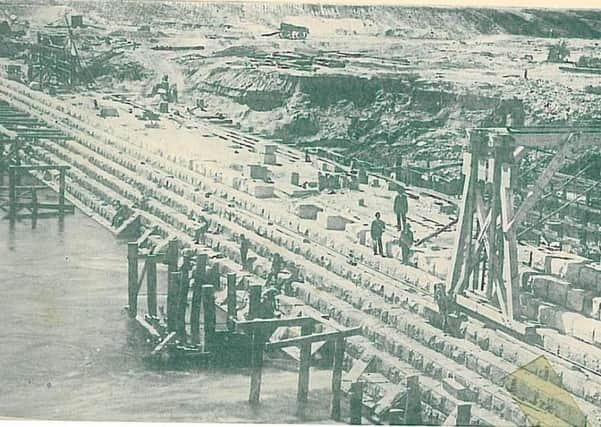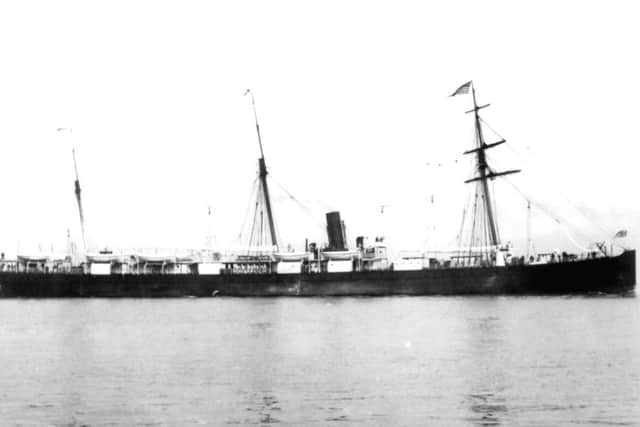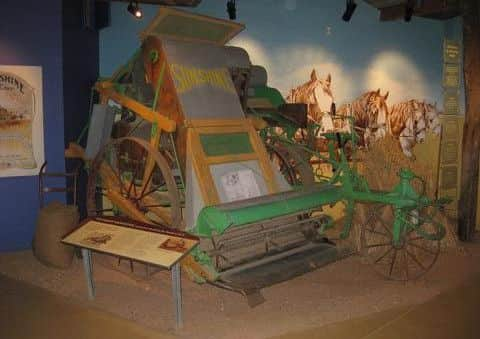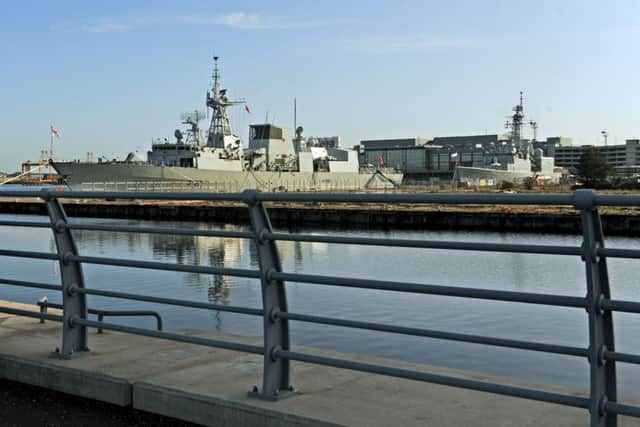How the Scots Built: Melbourne


During the mid-1830’s Scottish immigration to Port Phillip, Victoria, began and by the 1960’s accounted for around 15 per cent of the population.
When the Argyll grazier / squatter, Niel Black arrived in 1839 he remarked that it was “a Scotch Colony” and that “two thirds of the inhabitants are Scotch”.
Advertisement
Hide AdScottish immigration continues to this day, and in the 2011 Census 6.4 per cent of Victorian residents recorded Scottish Heritage.


Scots and Scottish-Australians have been disproportionally represented in both Victorian and Federal politics since 1788. In Victoria one third of the premiers have been either Scottish born or of Scottish heritage as have been one third of Federal Prime Minsters.
In the Federal parliament, Victorians Sir Robert Menzies (Australia’s longest serving Prime minster) and Malcolm Fraser were both of Scottish heritage.
When Victoria gained responsible government in 1860, Glasgow born Sir James McCulloch, was elected to the Legislative Assembly. He became premier for the first time in 1863 and served a further three terms for a total of nine years & 118 days to be the 3rd longest in office. At the other end of the scale,
Ian Macfarlan’s 51 days was the 2nd shortest time in office. This was in 1945 at the start of a period that saw the government change nine times in less than nine years.


Nevertheless Macfarlan’s 51-day premiership was competent and decisive. He settled a major tram strike in Melbourne, introduced the five-day week for Victorian public servants, and approved a State gift of £25,000 worth of war-relief foodstuffs for dispatch to England.
Advertisement
Hide AdMany of the Victorian newspapers were owned, edited or controlled by Scots or Scottish-Australians including: David Syme from North Berwick, James Harrison from Bonhill (Geelong Advertiser), Sir Keith Murdoch Australian born of Scottish immigrants (Herald & Weekly Times) and Dr E S Cunningham (Argus).
David Syme first thought of religion as a profession, but after two years of study lost his enthusiasm for for a ‘doctrine of Salvation by faith in its most literal sense’. He worked for some time as a proofreader’s assistant on a Glasgow newspaper; then early in 1851, he initially went to California seeking gold, but found little and by mid-1852 he was in Melbourne, and in the next three years prospected with some success on the Victorian diggings. In 1855 he turned to road contracting and was making a useful living when his brother Ebenezer bought the insolvent Melbourne Age for £2000, and invited him to take up a share. Initially he helped manage the paper and on Ebenezer’s death in1860 he began his fifty-year career as publisher and editor of the Age. Syme began to concentrate on three main practical policies: land for the people, protection for native industries, full rights of self-government. Protection as a fiscal policy had been debated for years before Syme took it up, in particular by James Harrison in the Geelong Advertiser. When he died in 1908 his estate was valued at £880,000; he had been a generous contributor to charity and had founded a prize for scientific research at the University of Melbourne.
Advertisement
Hide AdSir Keith Murdoch started his journalistic career for the Age as a district correspondent for the suburb of Malvern. After a short time in England, 1908-1909, he returned to Melbourne to continue with the Age, where in 1911 he became the Commonwealth parliamentary reported. In 1915 he was sent to London as the managing editor of the United Cable Service (of the Sun and Melbourne Herald). After a 4 day visit to the ANZAC campaign at Gallipoli he wrote an 8000-word letter to Prime Minister Fisher in which he praised the Australians and attached the performance of the British army at all levels, including many errors an exaggerations. Many years later Murdoch admitted to Charles Bean (the official Australian war correspondent) that he had made mistakes, which he greatly regretted. After the war Murdoch was appointed chief editor of the Melbourne Herald in 1921 and before long, became managing editor. In 1922 the Sun News-Pictorial was established in Melbourne by the Sydney’s Sun owner Sir Hugh Dennison and a bitter contest ensured until 1925 Dennison sold the Sun News-Pictorial to the Herald. As managing director from 1928 Murdoch expanded the Herald group to include many of the interstate papers. Prior to his death in 1952 he persuaded the Herald board to sell him its in the Adelaide News for a newspaper base for his son Rupert.


James Harrison, the son of a fisherman, served his apprenticeship to a Glasgow printer. In 1835 worked as a compositor in London and by 1837 he had arrived in Sydney where he initially worked for the Literary News, where within 6 months had become foreman of the Sydney Monitor. In 1839 he joined John Pascoe Fawkner’s Port Phillip Patriot and in 1940 was commissioned to found and edit the Geelong Advertiser. He went on to become sole owner of the Advertiser and became a supporter of worthy causes the paper achieved more than local importance during the gold rushes.
Harrison was a pioneer in all kinds of refrigeration and in 1854 designed and built the first ice manufacturing plant in Australia and as well as from taking out a local patent he went to London to patent both his apparatus and the process. In 1860 he patented a revolutionary refrigerator that was used in Scotland in 1861 to distill paraffin. Harrison also pioneered refrigeration of ships for the export of and in 1873 won a gold medal at the Melbourne Exhibition that meat kept frozen for months remained perfectly edible.
H V Mckay, attracted by a government prize, together with his brother, John, and his father assembled a stripper-harvester from existing implements and machines which was successfully tested in the field and patented in 1885. By 1895 an improved harvester (the ‘Sunshine’) was produced which cut costs, encouraging wheat farmers to sow more extensively. With soaring sales in the early 1900’s saw McKay install mechanized plant and streamlined assembly. Innovations included moulding by machine and a revolutionary new steel foundry.
Francis Ormond’s father brought his family to Victoria in 1843 and settled in Shelford near Geelong. As a stable-boy gained much experience with livestock and learned to manage sheep runs that his father aquired. This experience provided the basis for the wealth he poured into his philanthropic ventures. He donated a the majority of the money that built Ormond College (a Presbyterian College in the University of Melbourne) and founded the Working Man’s College (a technical institute for the education of working men). He also contributed to the foundation of the Gordon Institute of Technology in Geelong and gave £20,000 to found the Ormond chair of music at the University of Melbourne.